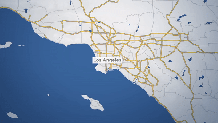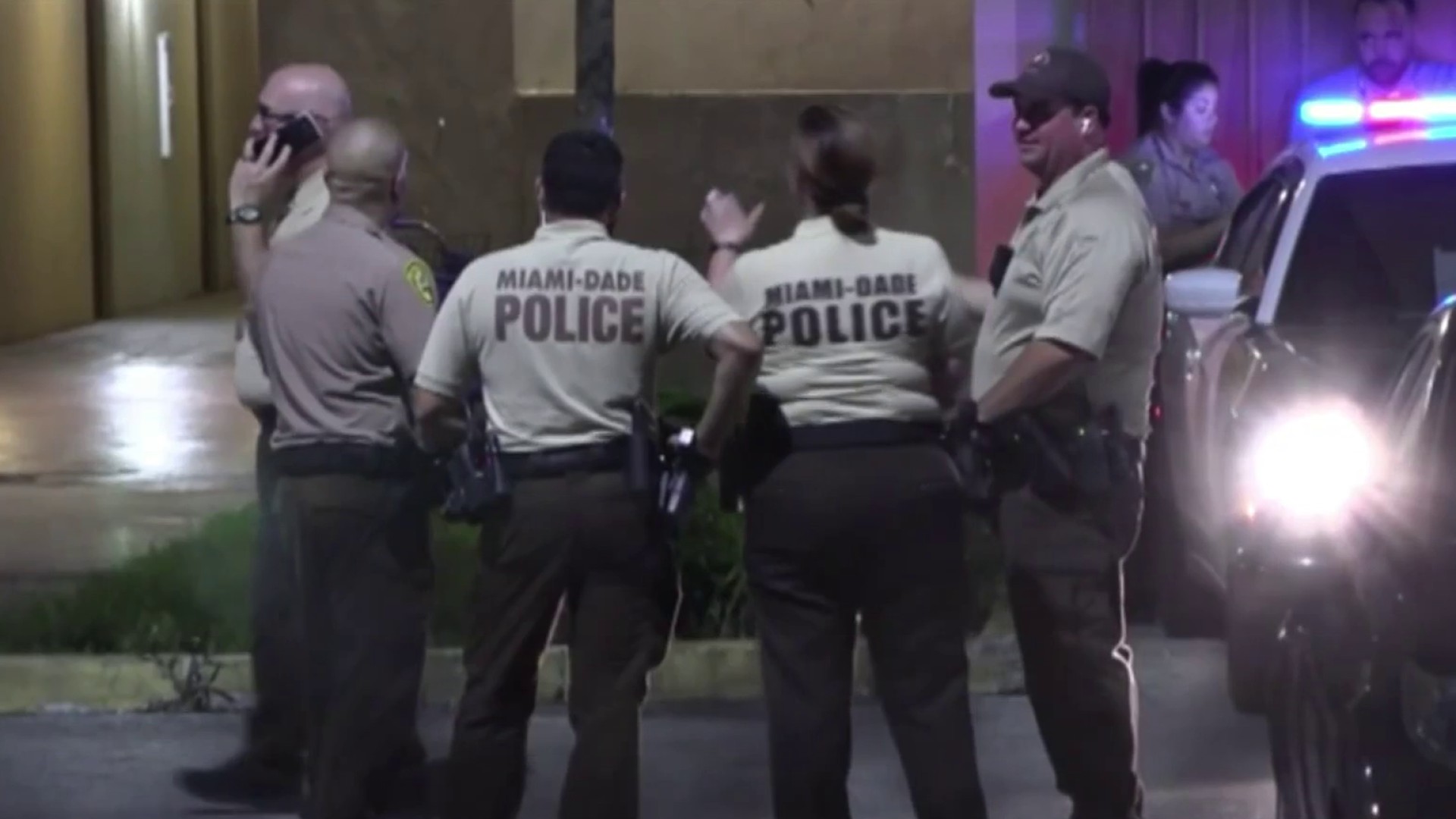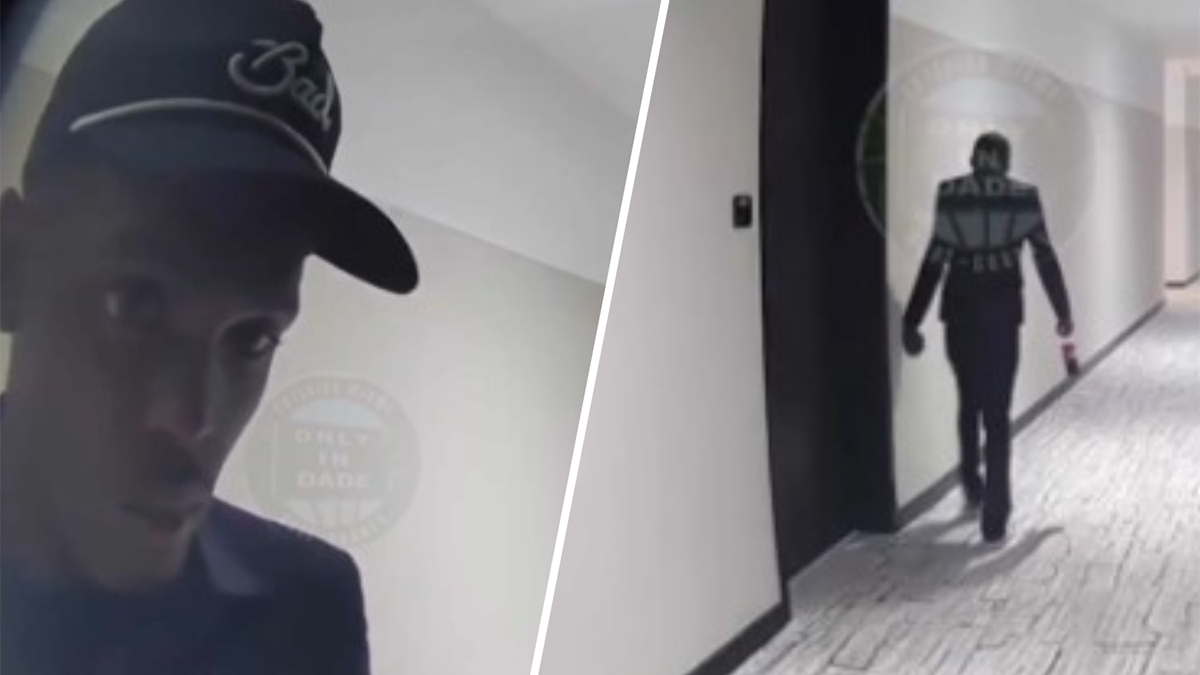At Opa Locka airport tonight, private jets are landing bringing in passengers for the Super Bowl. Sadly, much of the talk here is about what went wrong and killed Kobe Bryant, his daughter, pilot, and 6 others on board the helicopter.
We do know from looking at the flight path that the helicopter quickly lost about 500 feet in altitude and was picking up speed rapidly when it hit the ground.

The National Transportation Safety Board team Monday was in the hills outside Los Angeles going over what’s left of the helicopter. One major factor the investigators are reviewing is the weather.
Los Angeles County police had grounded their entire helicopter fleet at the time of the crash.
Nelson Brandt is a retired Coast Guard helicopter pilot. “They had a choice," he said. "They could have taken the helicopter. They could have driven. They took the helicopter. As far as flying, the weather as we were discussing earlier was the best. It wasn’t so hazardous they couldn’t have flown."
The helicopter lifted off at Santa Ana, south of Los Angeles and tracked up to the north cutting through Burbank where they were told by air traffic controllers the weather was bad— low ceilings or visibility, or both.

That is designated what is called IFR and stands for instrument flight rules. Kobe Bryant’s pilot was given the OK to continue flying under visual flight rules despite the low ceilings in area.
Local
Then came the final transmissions with controllers. Their last calls to him went unanswered.
The helicopter had picked up a high rate of speed in its final moments—about 180 miles an hour—very fast for this helicopter.
“At this point I would would say it’s definitely a contributing factor, the high speed of that aircraft, in rising mountainous terrain, in poor conditions of visibility and low ceilings this is a recipient for disaster," Brandt said.
One of the things the NTSB is looking into what’s known as special disorientation. That’s where a pilot gets confused about for they are going up or down or turning left or right and can happen in bad weather.
Brandt said, “I have actually been in that situation. I have experienced special disorientation. I happens fairly quickly. The way we get out of it is by looking at the flight instruments but in those conditions you might not have the opportunity to do that."
The danger of this is all magnified when close to the ground and that was the case on Sunday.
Bryant’s pilot did have a commercial instrument rating from the FAA to fly in bad weather but we do not know if he has the specific qualifications to fly this helicopter under those conditions.



